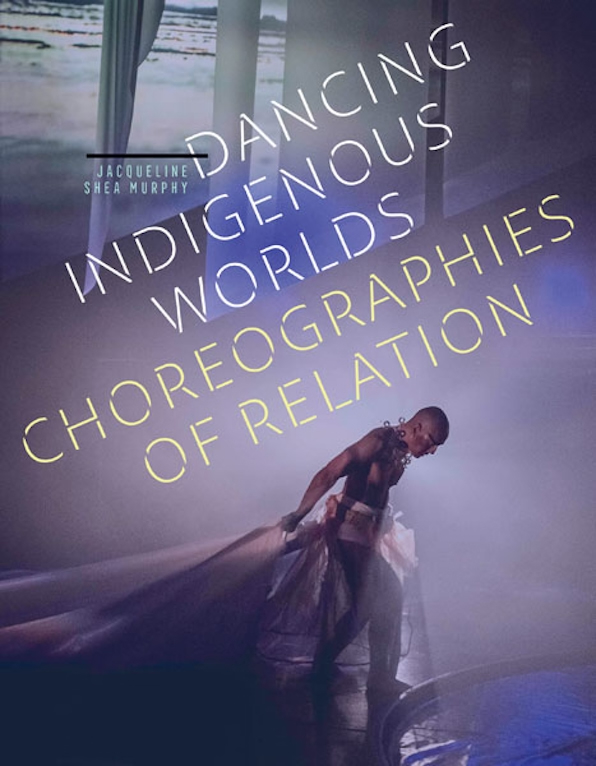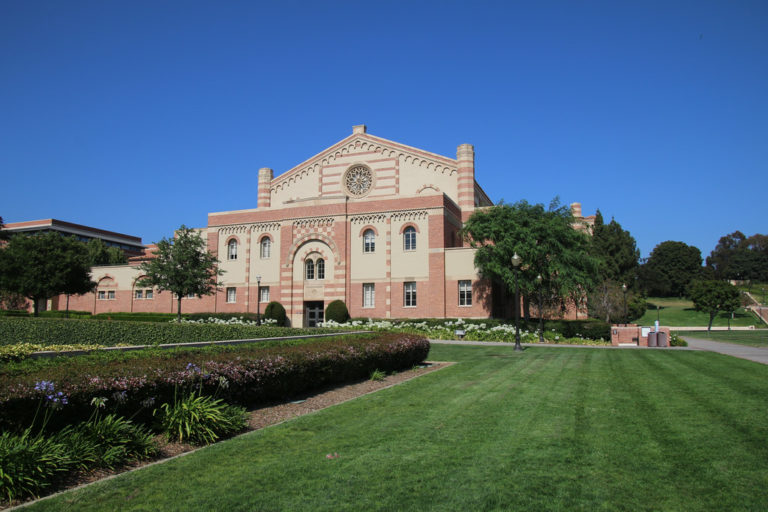Jacqueline Shea Murphy’s Dancing Indigenous Worlds deals with her participation in festivals, performances, and conversations with Indigenous dance artists, whose practices enact, register, and experience relationality. Relationality is both an expression of Indigenous ways of being and knowing and an integral part of dance work, including all the activities produced around it. Each chapter of the book explores in depth an aspect of relationality based on the work of an artist and the descriptions of the experiences and sensations that each of these has awakened in the author, both in the author’s voice and that of her interlocutors.
Keyword: dance
Dance, Real Estate, and Institutional Critique: Reconsidering Glorya Kaufman’s Dance Philanthropy in Los Angeles
Glorya Kaufman, a philanthropist with a keen interest in dance, has given significant financial resources in recent years to support dance at universities and theaters in Los Angeles. Kaufman’s dance patronage is enabled by a fortune amassed by her late husband. Along with Eli Broad, Donald Bruce Kaufman co-founded Kaufman & Broad in 1957, which became a major purveyor of housing subdivisions in the United States and abroad. In this article, I contextualize Kaufman’s philanthropy within the processes that generated her wealth and the economic role that suburbanization played in the post-war period. In distinction to celebratory narratives that extol patronage for dance, a Marxist analysis of Kaufman’s philanthropy reveals the material connections between concert dance and real estate development. By de-obscuring the source of Kaufman’s wealth, I show how dance funding is bound up in the history of white flight, urban redevelopment, and real estate schemes in Southern California. Practices of institutional critique might prove useful for rethinking Kaufman’s gifts and the political functions of dance patronage.

